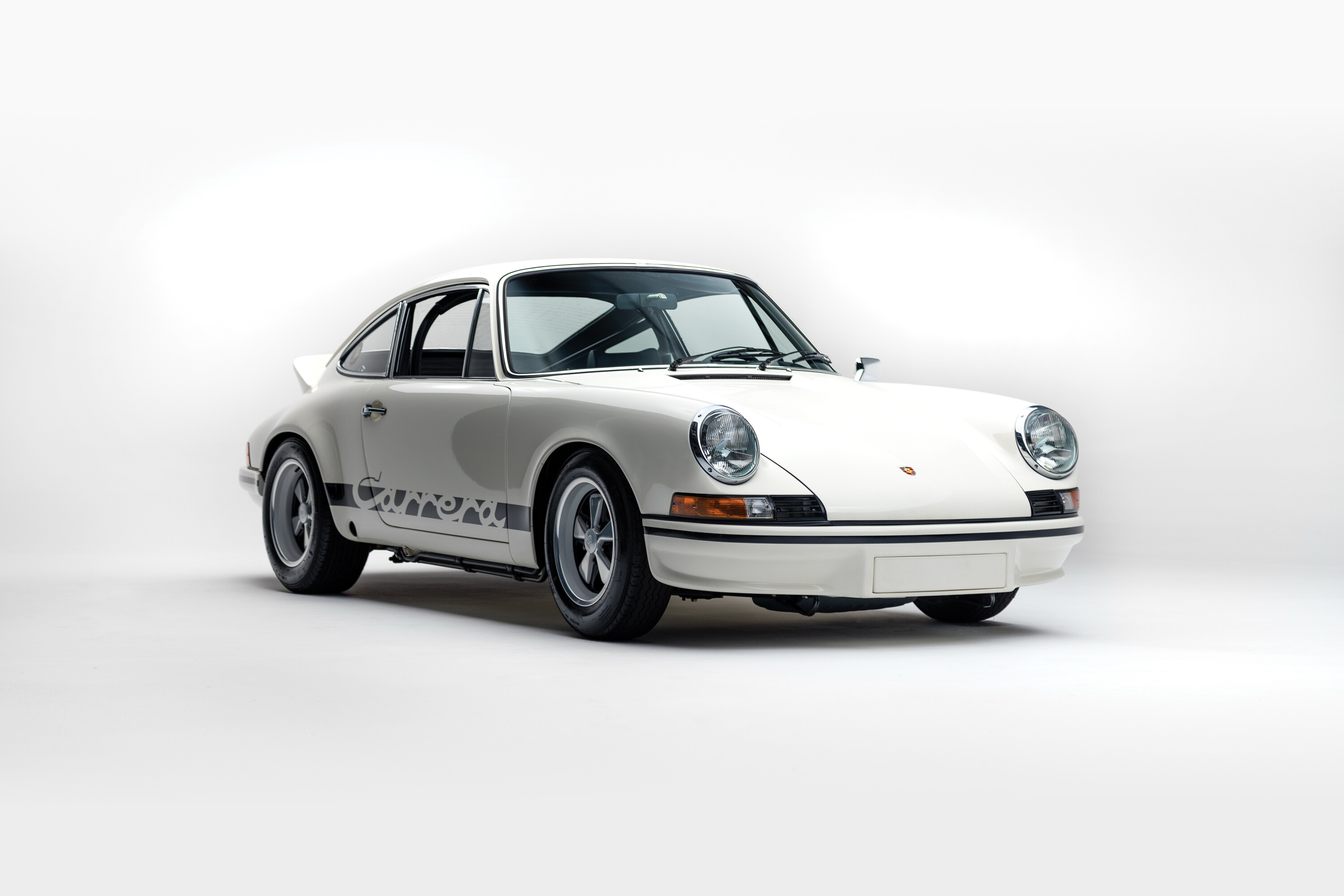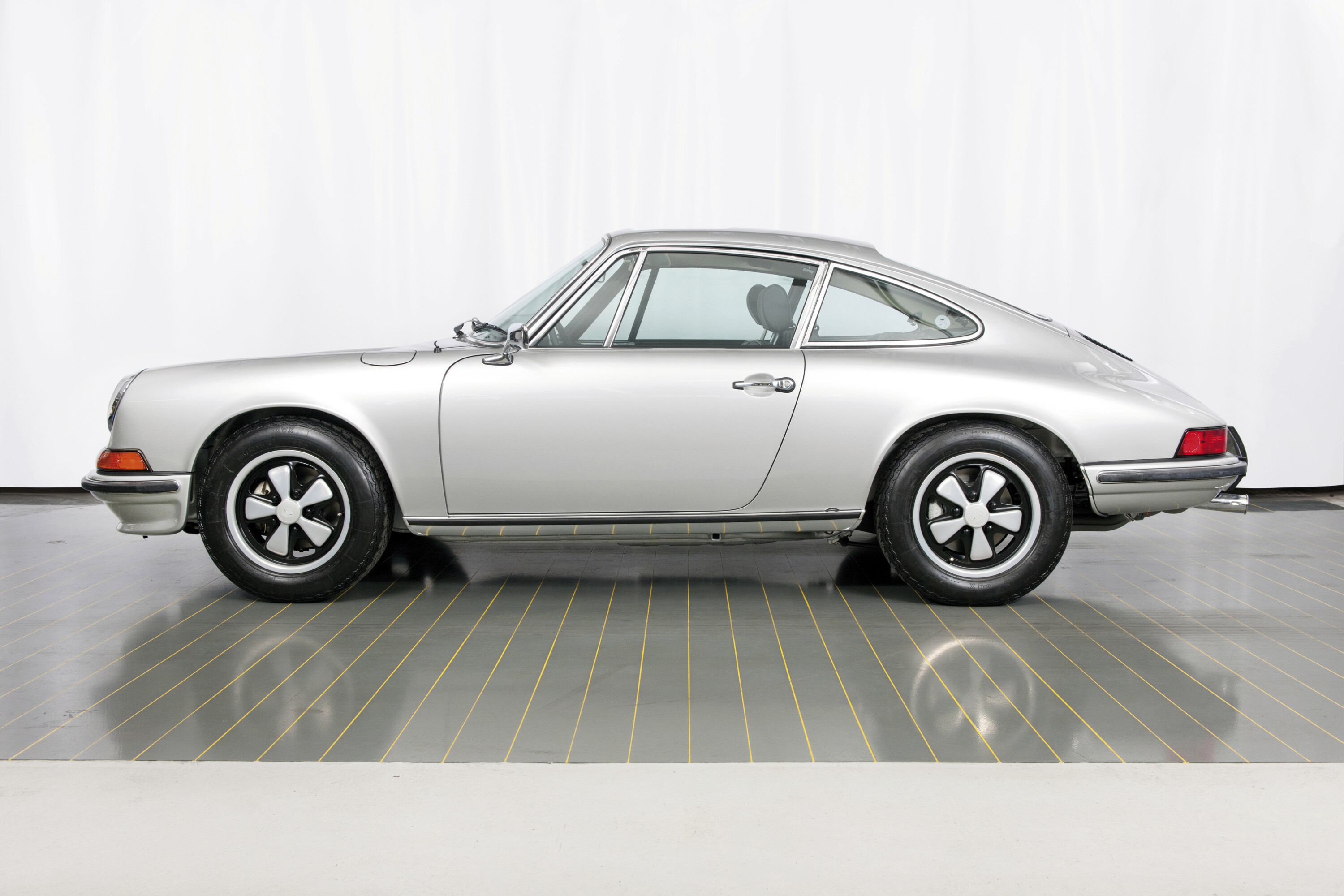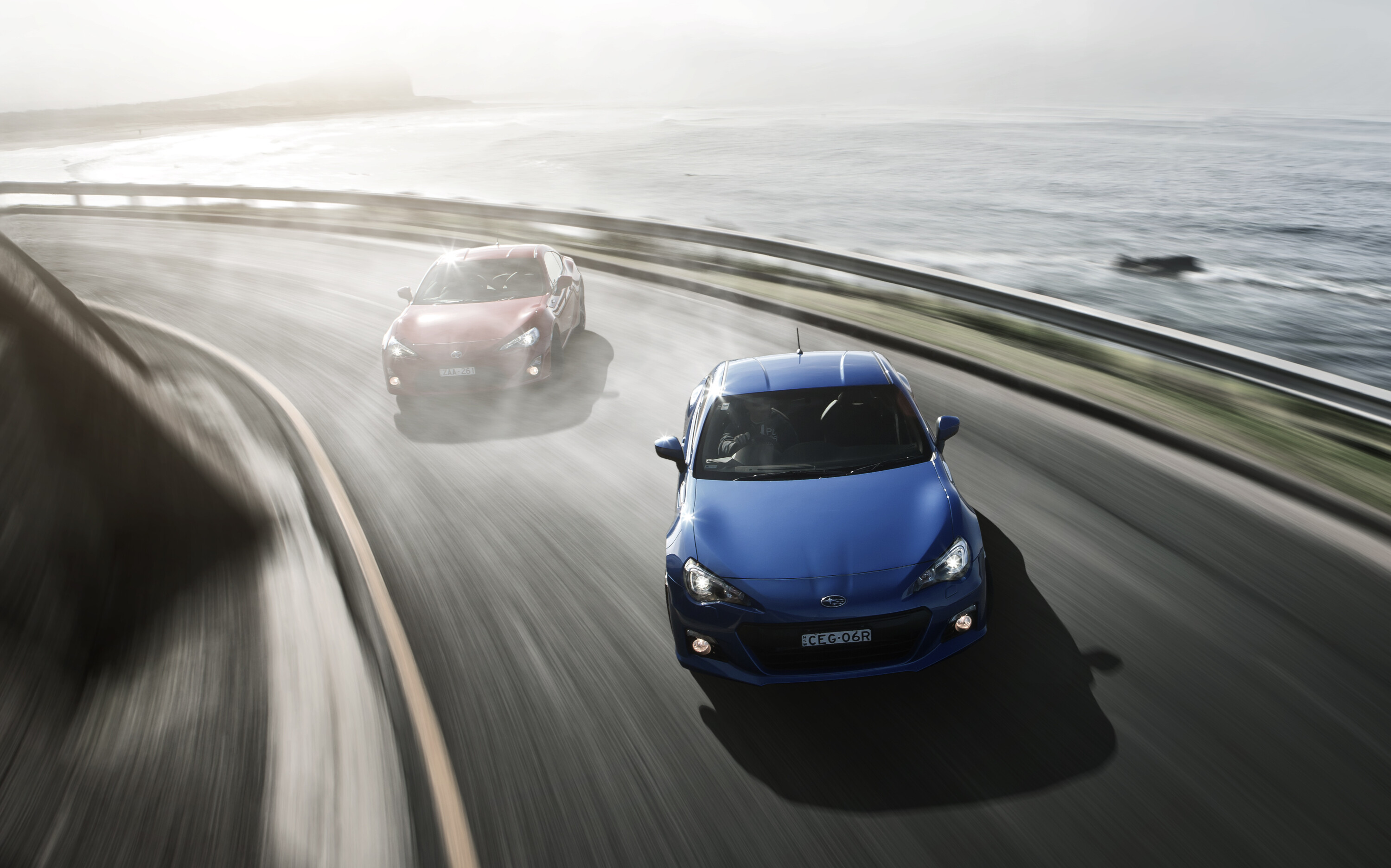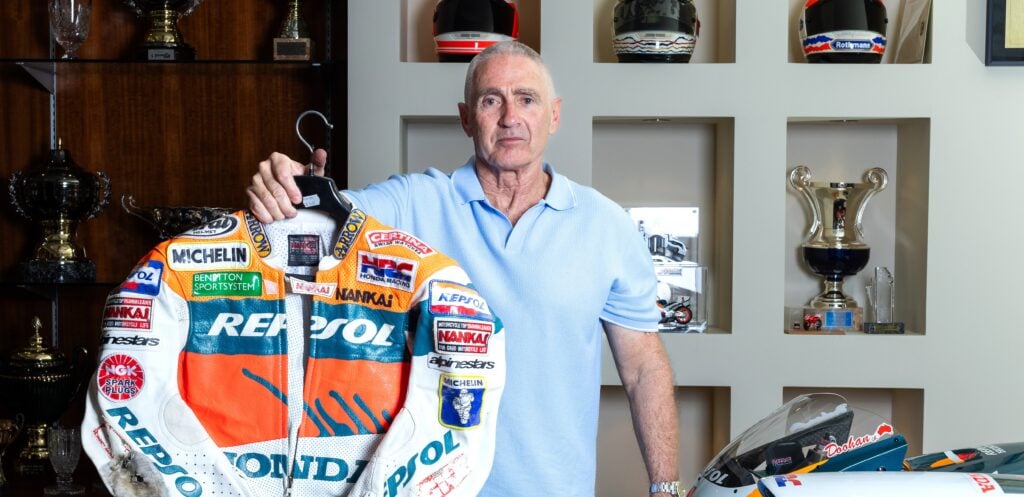In celebration of Wheels magazine’s 70th birthday, we’re running through the 70 greatest cars of all time – defined not by sales or talent alone, but simply as our writers past and present see it.
To follow the series, hit our Greatest Cars Ever main story here.
Following our first story in this series, The Greatest Sedans Ever, we now turn our attention to the fiery arena of sports cars.

? Porsche 911
WE LOVE
- How to reward a keen driver
NOT SO MUCH
- Always the inkling that a mid-engined sibling could be even better
Of course it’s all wrong. Were you to design the perfect sports car from a clean sheet of paper, it probably wouldn’t have its engine slung out the back.
History tells us that, through an iterative process, Porsche made the layout work. History also suggests that Porsche committed to this architecture because it was an integral part of the company’s DNA.
That’s not strictly true. As early as February 1972, when the 911 was a mere nine years old, the company planned to replace it with what became the 928. Porsche chairman Ernst Fuhrmann was far from wedded to a rear-engined future and plotted its front-engined replacement. “Everyone was on board,” claimed 928 project director Wolfhelm Gorissen.
Fortunately, the 911 outlasted both the 928 and Fuhrmann. In 1982, new CEO Peter Schutz ushered Fuhrmann out the door. Schutz took one look at a product development chart that had the 911 running into the buffers, grabbed a marker and extended the 911 line across the board, way past the 928. It was a symbolic gesture, but it made one thing very clear…

There was no Porsche without the 911.
The 959 project clearly informed the direction of future 911s, which saw the introduction of all-wheel drive on the 964 generation, the multi-link Weissach axle on the 993, liquid cooling and stability control on the 996 and the dual-clutch transmission on the 997.
Perhaps the most radical development in the 911’s 60-year existence came in 2019 when the mid-engined 911 RSR racer was unveiled, demonstrating that when competition is in the blood, tradition counts for little.

What elevates the Porsche 911 to greatness?
More than anything it’s the care that Porsche has taken in rewarding the driver. That has never changed.
Flawed it may have been, but the 911 has never shortchanged us when it comes to delivering excitement. It occupies one of the few motoring sub-niches where rivals have simply given up trying to confront it head-on, a rare honour it shares with two other cars in these lists, the Mazda MX-5 and the Jeep Wrangler.
That recognition has kindled and rekindled the 911’s fire. That flame was flickering when Schutz entered the building, with 911 sales hovering around 11,000 units. Now it sells over four times that figure and is protected by the financial buffer of 200,000 Porsche SUV sales. The 911 could so easily have become a lazy caricature of itself. Instead it’s become a legend.

? Mazda NA MX-5
WE LOVE
- Mazda translated Bob Hallu2019s brief brilliantly
NOT SO MUCH
- Engines were never a particular delight
Retro is a symptom of a certain laziness to innovate. That’s what most industrial designers would have us believe, at any rate.
Yet, when retro is done right, it can brilliantly revive a moribund genre and infuse it with a new reason to thrive.
That’s the logic behind Mazda’s MX-5, a reset and a palate cleanser after a diet of increasingly flabby 1980s sportsters. The original NA was the brainchild of ex-Wheels staffer Bob Hall and arrived in ’89, a vintage year for Japanese cars, eclipsing the likes of the Honda NSX, Nissan Skyline GT-R and the Lexus LS400 while breathing new life into the roadster segment.

? Audi Quattro
WE LOVE
- Breathtaking ingenuity and simplicity of ur-Quattrou2019s driveline
NOT SO MUCH
- Intrinsic handling balance was still distinctly nose heavy
Just as Apple didn’t invent the smartphone, Audi can’t lay claim to hitting upon the notion of an all-wheel-drive sports car – that honour falling to the Jensen FF of 1966.
As Apple well knows, there is a benefit in being a follower – and refining a flawed innovation is often the key to sparking mass-market appeal.
The Quattro revolutionised world rallying almost overnight and created a sports car template that’s set to outlive the era of internal combustion. Simpler, smarter and more effective than what came before: Vorsprung durch Technik.

Ford Mustang
WE LOVE
- Working class hero shtick has had some legs…
NOT SO MUCH
- …but the classic formula is on borrowed time
It’s easy to underestimate the impact of the Ford Mustang.
In 2016, after 27 years on sale, the Mazda MX-5 celebrated the millionth unit built. It took Ford 23 months to sell a million Mustangs. It’s become the heart and soul of Ford and, while not every generation has been a gem, it’s won Aussie hearts.
The first imports of right-hook sixth-gen cars started in December 2015 and it’s been the top selling sports car on these shores ever since, now representing the last holdout of the manual V8. Just be prepared for a certain weight of expectation when exiting Cars & Coffee.

Subaru Impreza WRX STi 22B
WE LOVE
- Colin McRae had one. Subaru made him buy it
NOT SO MUCH
- Itu2019s become a unicorn
For many, the absolute zenith of the JDM rally-rep genre, the 22B now basks in an afterglow that’s probably greater than the sum of its parts.
Despite appearances, the 22B was never a homologation vehicle, instead being more of a celebration, a loose homage to the actual Peter Stevens-designed WRC ’97 rally car.
Based on the existing two-door STI Version IV Type R, the 22B designation is perfect prosaic Subaru, the 22 referring to the 2.2-litre capacity and the B signifying the car’s Bilstein suspension. This box-arched bubble-era special oozes desirability but only five cars ever officially came to Australia.

Nissan Skyline GT-R R32
WE LOVE
- Arguably channelled the 959u2019s genetics even better than Porsche
NOT SO MUCH
- Nissan hid its light under a bushel with limited export markets
It seems hard to believe that the Skyline R32 GT-R was a flop when it launched in Australia in 1991, with only 63 of the 100-car quota initially finding owners.
It took Jim Richards and his spirited speech from the podium at Bathurst in ’92 before the public at large realised just how good the GT-R was.
It enjoyed two years of Aussie touring car dominance before a contrived rule banning all-wheel drive and turbocharging effectively banned it, bolstering the legend of Godzilla. It heralded a Playstation generation while the Porsche 964 and BMW E30 M3 were battling on Atari.

Datsun 240Z
WE LOVE
- 240Z offered 911T-rivalling ability at around half the price
NOT SO MUCH
- The Z line became progressively less attractive until 1989
MacPherson struts up front, Chapman struts astern and a inline six driving the rear wheels. It’s hardly groundbreaking is it?
Yet, it was exactly this recipe that Nissan used with the S30 Fairlady Z, better known to us as the 240Z.
Having been burnt trying to sell the minuscule open-topped Sports 2000 in America, the father of the Z, Yutaka Katayama envisaged something more rugged, more spacious and more weatherproof. Four years later and with 160,000 units sold, the Z car had achieved something groundbreaking for a Japanese sports car: genuine, hard-won credibility.

Toyota 86 / Subaru BRZ
WE LOVE
- Cheap, tough, huge fun
NOT SO MUCH
- Torque hole in original 2.0-litreu2019s delivery
Whether you choose Subaru or Toyota, they’re both huge fun and the follow-up is even better than the original.
When it was first launched, we weren’t to know that the 86 would spawn a whole series of brilliant Toyota enthusiast cars.
As a rear-drive coupe, the branding seems a more natural fit for Toyota than Subaru, but the second-gen BRZ is probably the pick of the bunch. With a winning ability to shine at vaguely sensible road speeds, a certain bulletproof simplicity and relatively light weight, the 86 and BRZ are all the car you need if you can’t run to a Cayman.

Chevrolet Corvette
WE LOVE
- The C8 is a sports car with dynamics to take seriously
NOT SO MUCH
- Yet curiously retains a vague u2018dentist in mid-life crisisu2019 vibe
The Corvette looked the oil crisis, the global financial crisis and the climate crisis squarely in the eye, and barely deviated.
As with the Mustang, there were malaise-era Corvettes, but the timeline of America’s sports car is a story of adaptation and reinvention.
The Corvette was born in 1953 – like Wheels magazine – and its current mid-engined C8 generation, the first to get a hybrid powertrain in E-Ray guise, looks to reinvigorate the nameplate once again. It’ll go some to beat the greatest car marketing coup of all time: Jim Rathmann’s plan to offer US astronauts Corvettes was pure genius.

BMW E46 M3
WE LOVE
- Thereu2019s an inherent rightness about the E46 form factor
NOT SO MUCH
- You need the CSLu2019s carbon airbox for that noise
Most of us never knew how great the BMW E46 M3 was until gifted with the benefit of hindsight.
We didn’t guess at the fact that its V8-powered successor would be a mis-step, nor that it would take another couple of generations for Munich’s most storied performance car to find its mojo again.
Harder edged and quicker-witted than the rangy E36 that came before it, the E46 was the last of the atmo straight-six M3s – and it was a belter. Curiously, it could have been even better, had Garching given us the incredible CSL lightweight with a six-speed manual ‘box. Hindsight eh?





